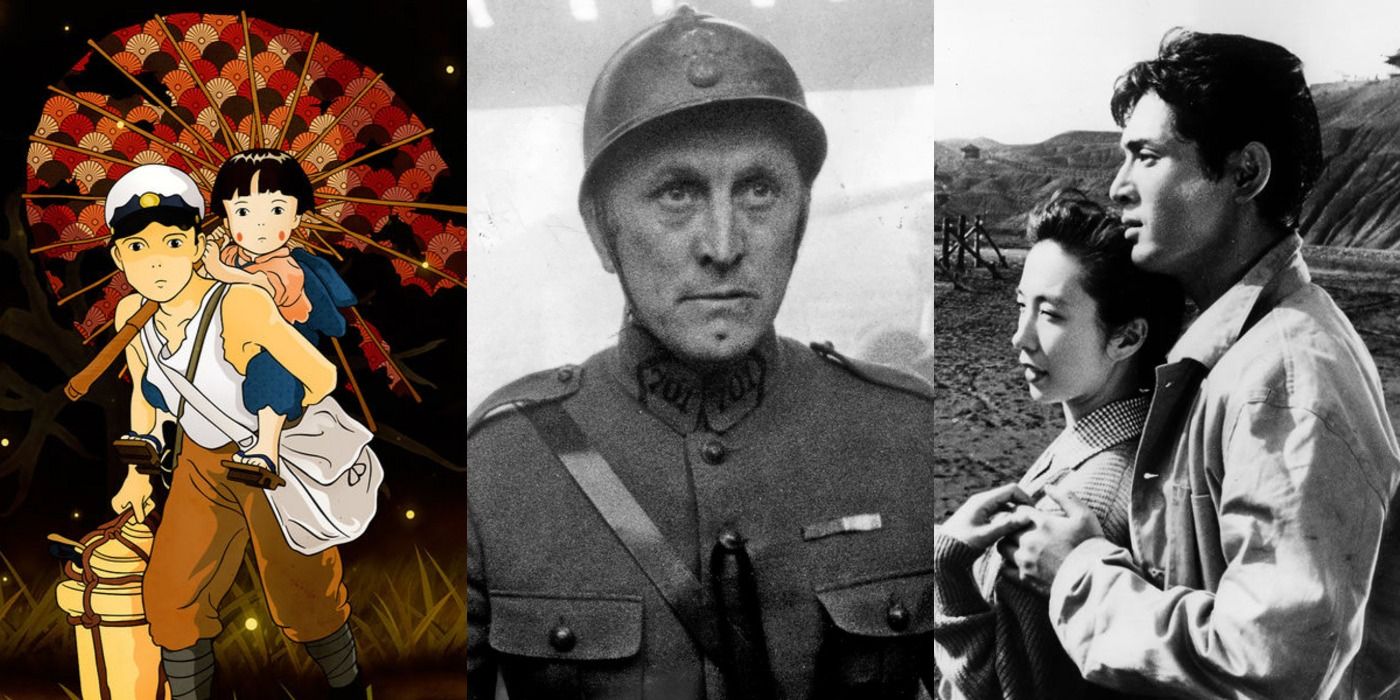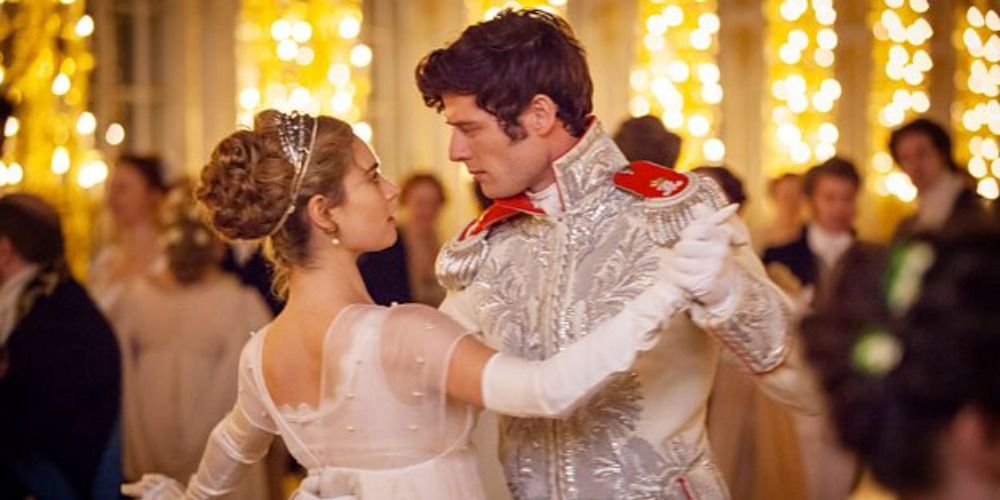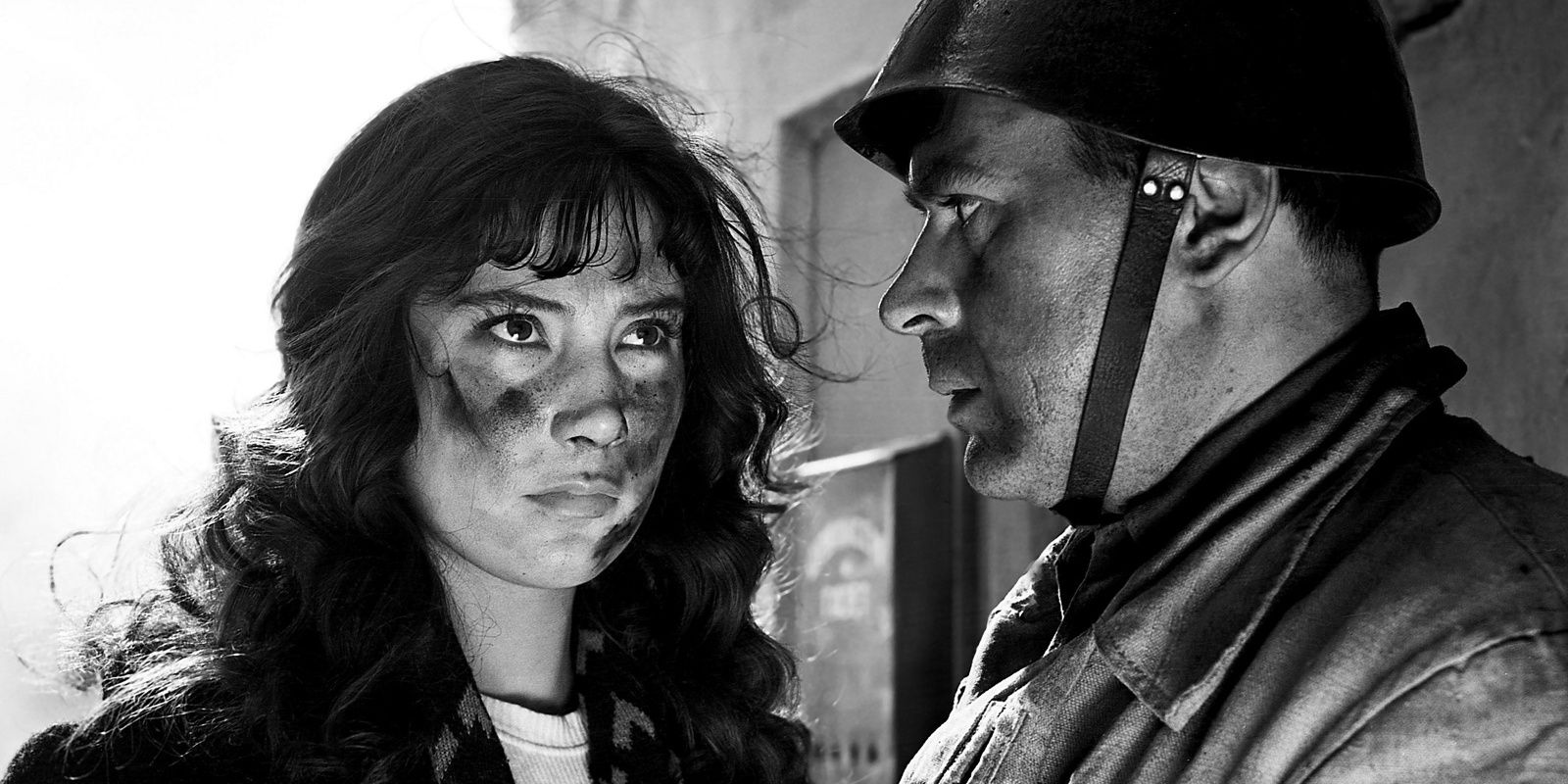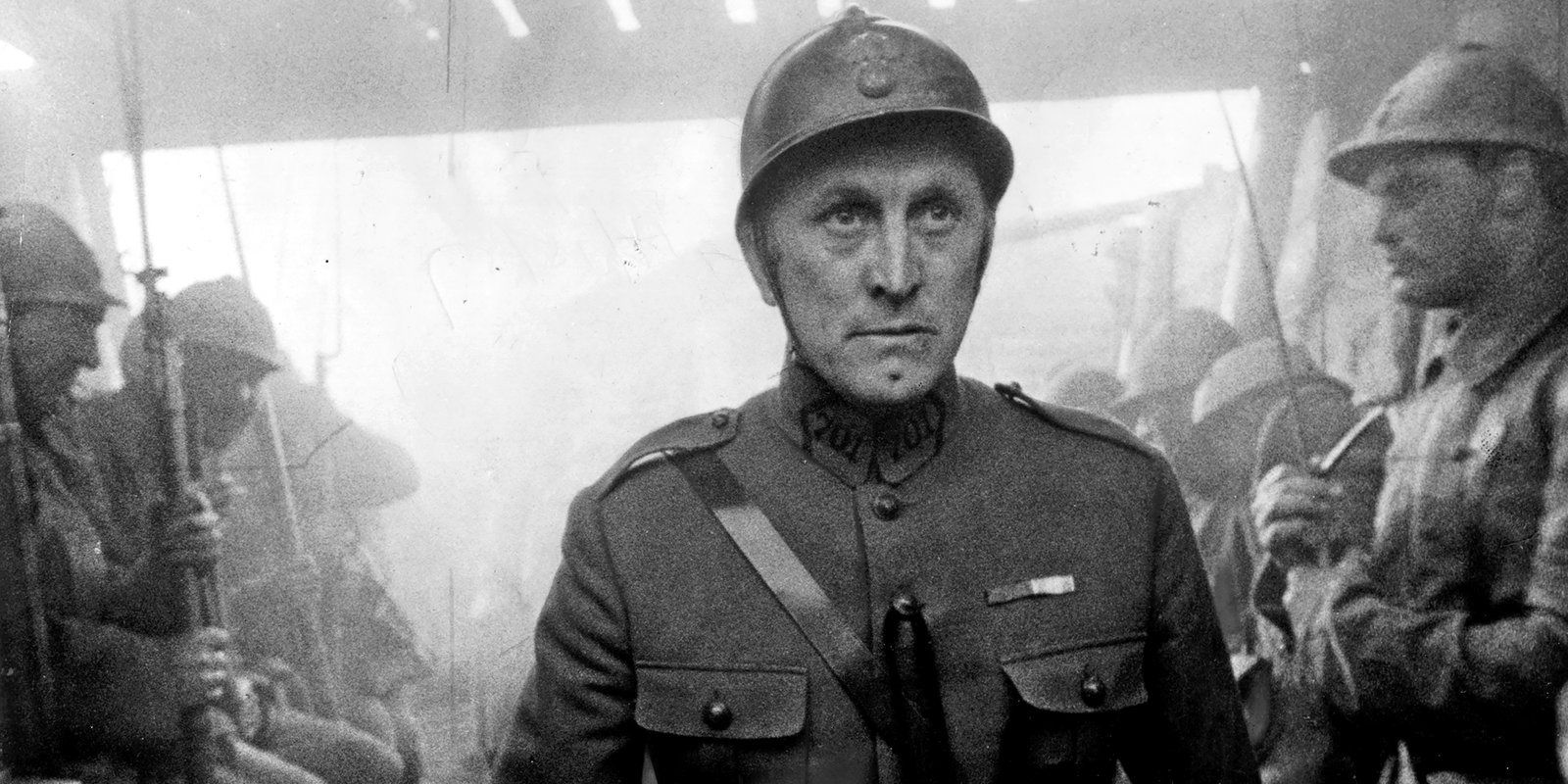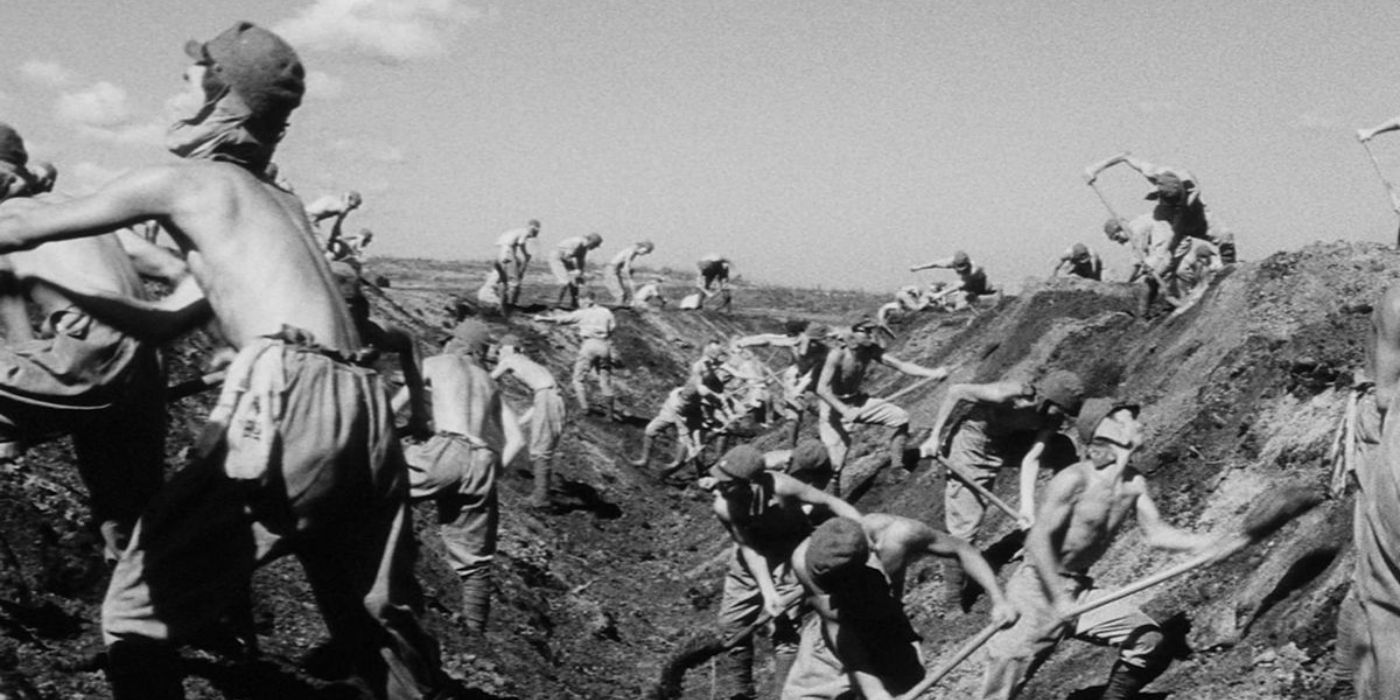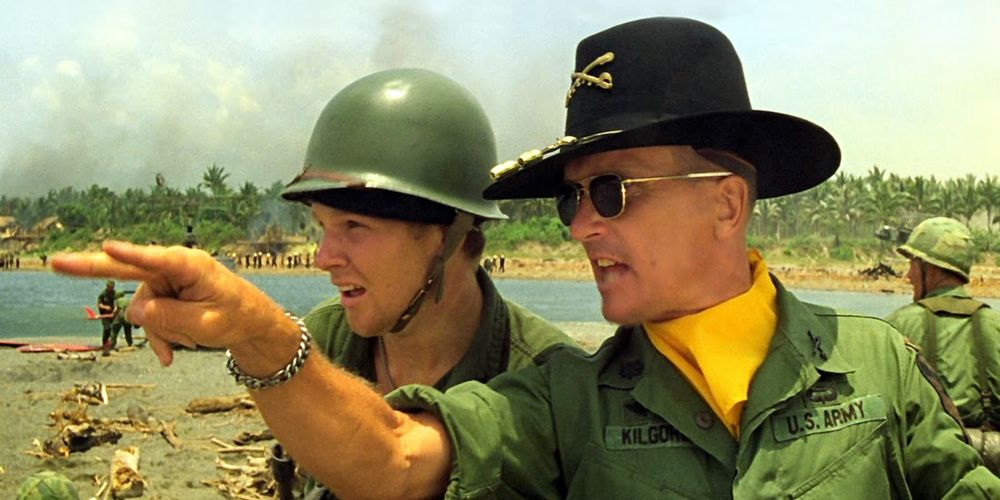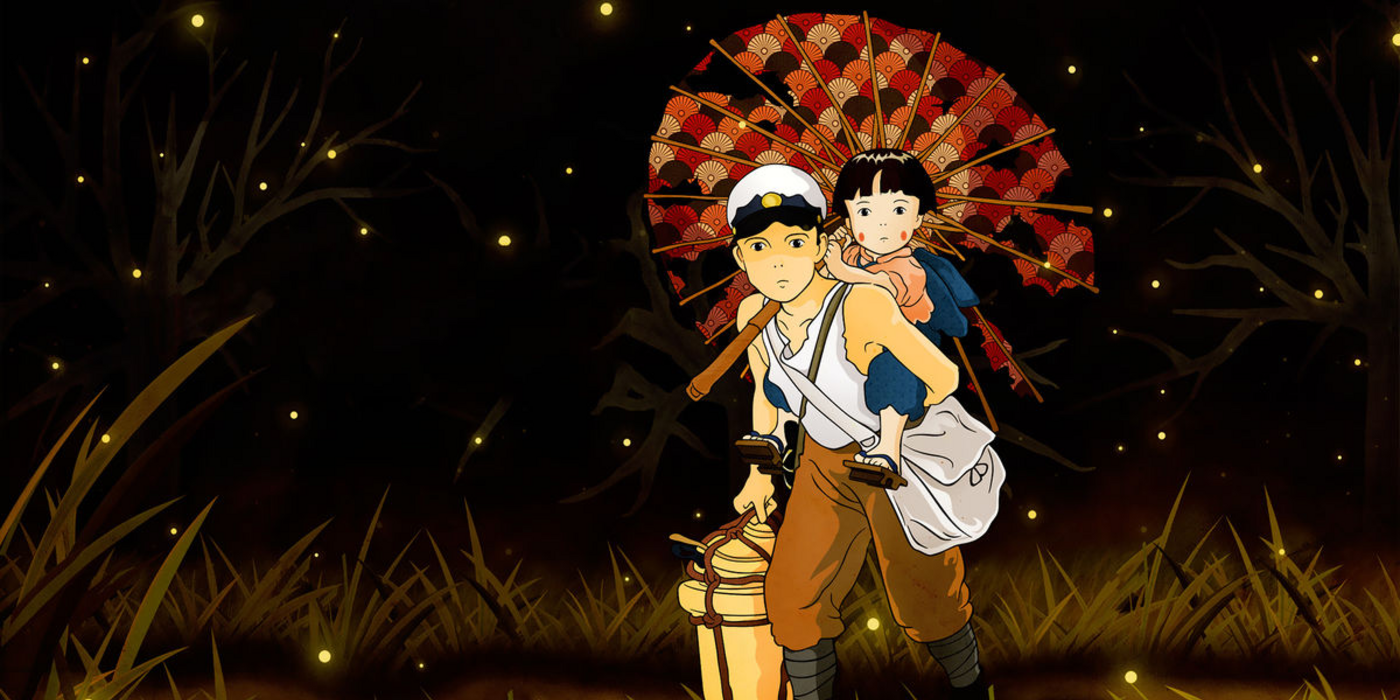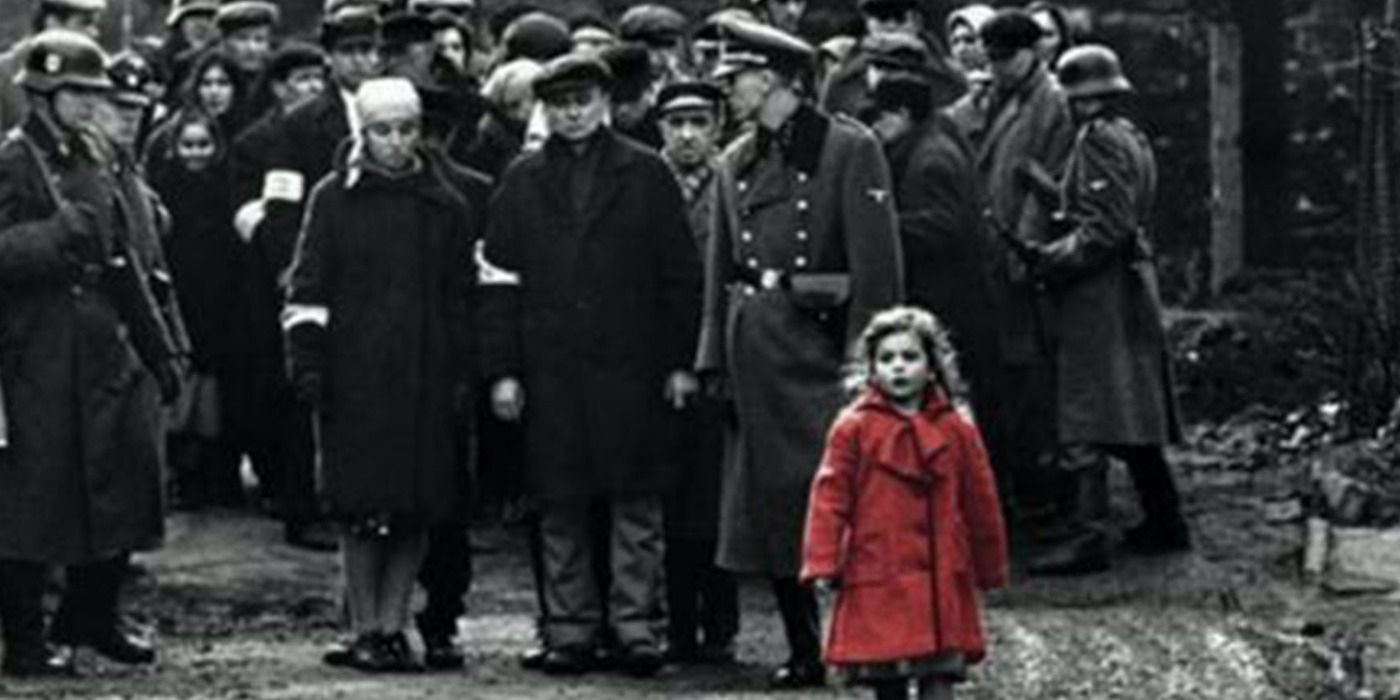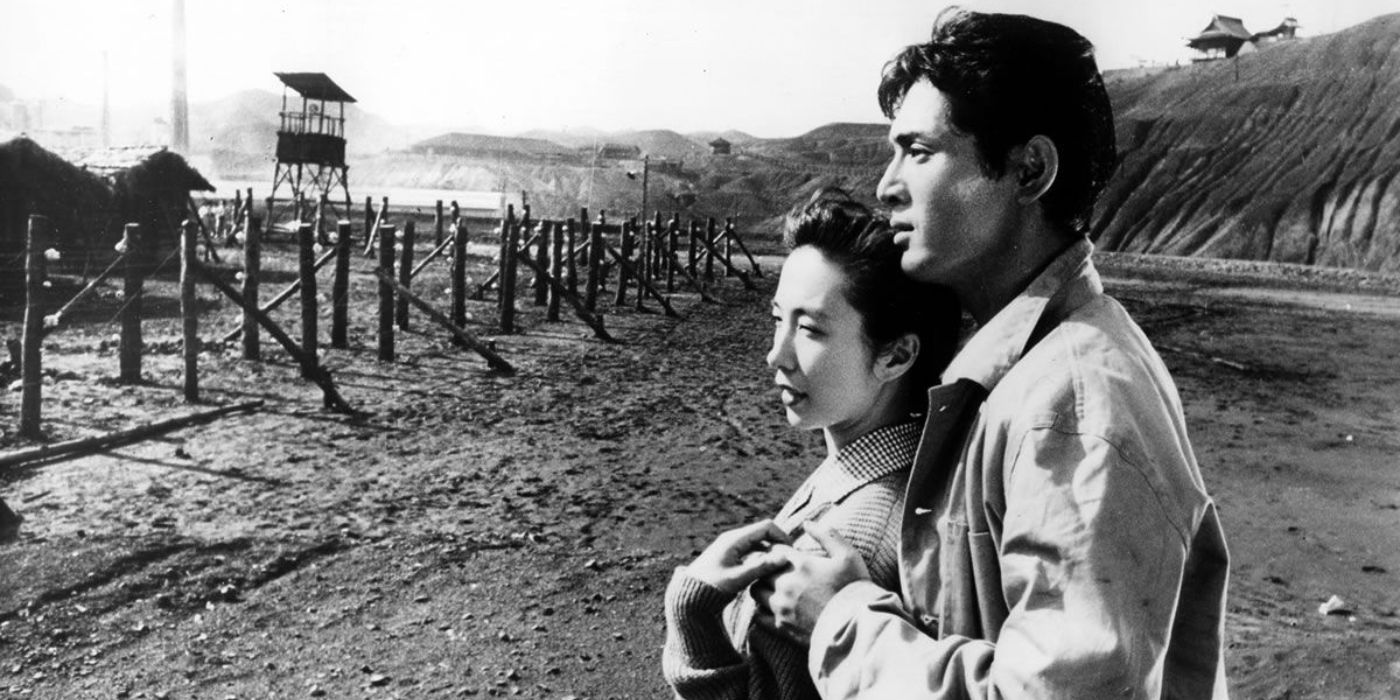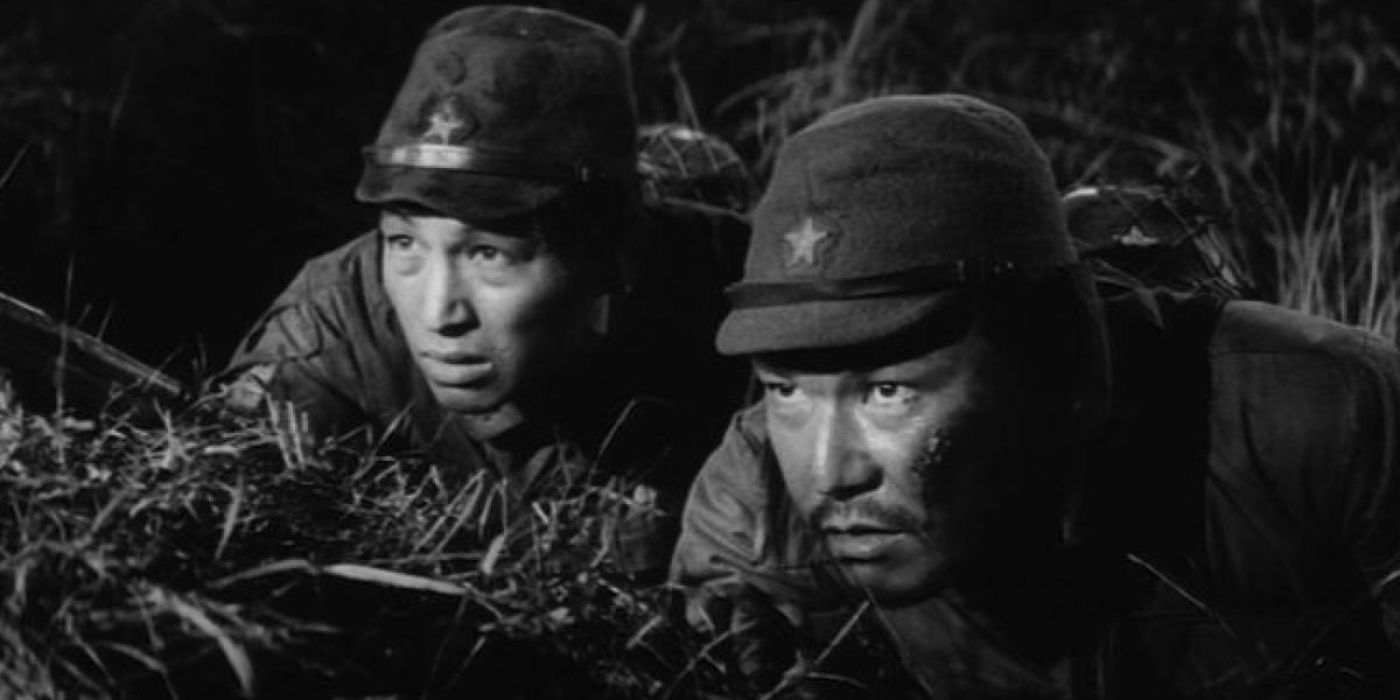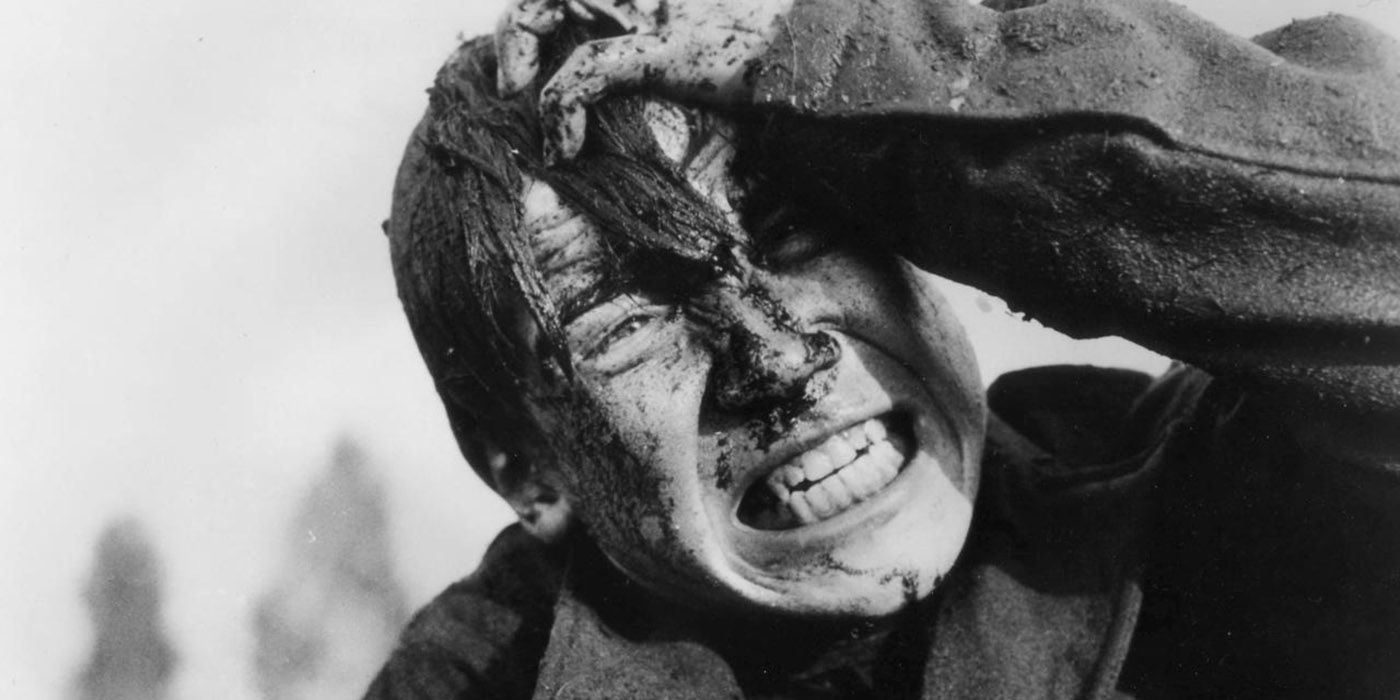The horrors of war have been depicted countless times on the big screen. A select few films have been recognized and are widely acclaimed for the meaningful way they portray some of the most gruesome aspects of the history of humanity.
From jarring classics like Schindler’s List to tear-jerking works like Grave of the Fireflies, fans on Letterboxd have chosen and rated the best war movies ever made. These films often provide audiences a glimpse of the brutality of war, transporting them to the frontlines and serving as important reminders of some of the worst things people are capable of.
War And Peace (1966) – 4.3
Director Sergei Bondarchuk does Leo Tolstoy’s 1869 novel justice in an epic way with the 1966 film series of the same name, War and Peace. Released in four installments over a span of two years, it chronicles the grand tale of Countess Natasha Rostova and Count Pierre Bezukhov and their experiences during the Great Patriotic War of 1812.
The seven-hour adaptation was groundbreaking for its time, with its 120,000 cast members, 5-year production, and expensive authentic uniforms (according to RogerEbert.com). It’s both an intimate portrayal of a love story and a grandiose recreation of Napoleon’s historic battles – it’s a must-see for any film buff who enjoys epic movies.
The Cranes Are Flying (1957) – 4.3
The unforgiving brutality of war is highlighted in a heartbreaking way in director Mikhail Kalatozov’s The Cranes Are Flying. Two lovers, Boris and Veronika, find themselves helplessly separated and unable to make their rendezvous. The viciousness of the battlefield is only emphasized by the protagonist’s forlorn longing for her lover, which is worsened when she meets his brother.
It’s a tragic love story that unapologetically tackles controversial themes back then, including patriotism and duty. Its bold anti-war message still rings true to this day, and viewers won’t soon forget the striking imagery from the frontlines depicted in the film.
Paths Of Glory (1957) – 4.3
Often considered one of the best World War I movies, director Stanley Kubrick’s Paths of Glory is one of his first attempts at the genre. It revolves around the mistreatment of three scapegoats and a commanding offer’s struggles dealing with the absurdity of the military machine.
Grim and frustrating, the film delivers its anti-war message in a jarring way. Kubrick’s brilliant framing of each event as it unfolds keeps viewers absorbed as they helplessly wait for its dark conclusion. It’s a movie that doesn’t shy away from critiquing greedy careerists in the military by showing the horrific things they’ll do for the sake of their jobs.
The Human Condition II: Road To Eternity (1959) – 4.3
Picking up from the events of its prequel, Road to Eternity is director Masaki Kobayashi’s incredible continuation of Kaji’s increasingly distressing story in The Human Condition. Removed from his mundane job and thrown into the heart of the army, the protagonist witnesses atrocities like he’s never seen before.
His suspicions about the frontlines are proven when he sees the awful things soldiers are doing to each other. Viewers can’t be blamed for being just as repulsed and terrified as Kaji when they realize how much worse things are about to get. The film sets the stage for a final battle that audiences likely both dread and can’t help but want to see.
Apocalypse Now (1979) – 4.4
Director Francis Ford Coppola’s magnum opus, Apocalypse Now, thrusts audiences into the terrifying height of the Vietnam war. While it’s anchored on a mysterious mission to assassinate a Green Beret Colonel, it manages to do much more than that along the way.
The film is as much an inward journey as it is a depiction of the harrowing situation in Vietnam at that time. It shows viewers how war can transform people and juxtaposes the macabre with the beautiful landscapes in the country. It’s a shocking portrayal of the atrocities often committed on the frontlines and the individuals who are forever changed by their horrid roles in them.
Grave Of The Fireflies (1988) – 4.4
Anyone who has seen Grave of the Fireflies knows that it has the most emotional ending among the Ghibli films. Director Isao Takahata breathes life into Akiyuki Nosaka’s short story of the same name through the unforgettable movie.
It’s a beautifully animated film that follows the story of Seita and Setsuko as they encounter increasingly challenging circumstances during WWII. The heartwarming relationship between them is a stark contrast with the chaos they keep encountering from one town to the next. Audiences will find that no matter how many times they’ve watched it, they’ll likely still end up sobbing by the time it reaches its harrowing conclusion.
Schindler’s List (1993) – 4.4
Schindler’s List is one of director Steven Spielberg’s best historical epics. The critically-acclaimed film is centered on Oskar Schindler’s actions during WWII, as he worked tirelessly to save Jewish individuals employed in his factory.
The controversial movie presents the horrors of the Holocaust in genuinely disturbing ways, while also managing to masterfully depict more intimate experiences between its characters. Its iconic “girl in red” scene is immediately recognizable for even those who may have never seen the film in full. It’s essential viewing for anyone who’s ready for an uncompromising look at that dire part of history.
The Human Condition I: No Greater Love (1959) – 4.4
Director Masaki Kobayashi’s extraordinary trilogy, The Human Condition, starts in a bleak Manchurian prison camp. No Greater Love’s protagonist, Kaji, quietly toils as a helpful supervisor in a futile attempt at avoiding becoming yet another dutiful soldier. Of course, things don’t go his way when a group of determined prisoners plans their escape.
The pointlessness of Kaji’s efforts at implementing more humane practices in the prison is depicted in a straightforward and defeating manner. It may only be the beginning of the protagonist’s troubles, but audiences already see how much worse his life is about to get.
The Human Condition III: A Soldier’s Prayer (1961) – 4.5
A Soldier’s Prayer is the gripping final movie in director Masaki Kobayashi’s anti-war masterpiece, The Human Condition. The film, which is also considered one of the best ever by Letterboxd fans, sees Kaji finally reaching the frontlines where it immediately becomes clear that it’s a losing war. Determined to escape the horrific war, he pushes on through Manchuria, leading a group of petrified men.
Despite the already terrible imagery and events depicted in the prequels, the last film still somehow outdoes everything that has happened so far. It’s hard to even begin to imagine how Kaji presses on as he experiences one appalling thing after another. The movie brilliantly wraps up the trilogy by etching the last leg of Kaji’s grueling journey into their minds.
Come And See (1985) – 4.6
Director Elem Klimov’s astonishing depiction of the Byelorussian experience of war uses the perspective of the young teenager, Flyora, who is in over his head when he decides to join the resistance. The increasingly traumatic events in Come and See unfold around him, and he barely has time to process one loss before facing another.
The film perfectly captures the feeling of despair its protagonist feels as he begins to better understand what war really is. The cruelty, bloodshed, and loss portrayed in the movie are almost too painful to take in, especially considering the innocence and stolen youth that Flyora represents.

